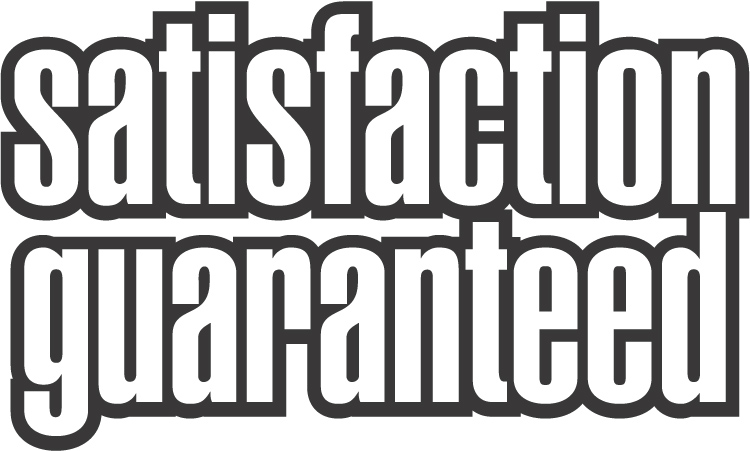"Business, more than any other occupation, is a continual dealing with the future; it is a continual calculation, an instinctive exercise in foresight."
~ Henry R. Luce
"Time is the scarcest resource and unless it is managed nothing else can be managed."
~ Peter Drucker
"There is only one boss. The customer. And he can fire everybody in the company from the chairman on down, simply by spending his money somewhere else."
~ Sam Walton
|
Quick Links
...transforming talent into performance |
|
905-257-7227
E-mail:
Web Site
Let's Connect at Twitter -
http://twitter.com/RebeccaHeaslip
and at LinkedIn -
| |
|
We're on the home stretch for the 2010 Winter Olympics. We watch with breathless anticipation and awe as athletes from all over the globe compete to become best in their class. While many competitors achieve their goals - setting new personal or world records or winning medals, others leave the games disappointed in themselves and their performance. However, they leave with a renewed commitment to improve their skills and an unwavering determination to participate in future competitions.
These athletes are sustained by a fundamental belief in themselves; undying passion for their sport; and support and inspiration from coaches, family members and others. They inevitably attribute much of their success to this core group of influencers.
Who inspires you to achieve greatness? Who helps you to overcome obstacles and bumps along the way? And who helps you celebrate those sweet victories when they do happen?
Make your goal this year to build your network and cultivate relationships with people who can help you achieve your goals.
Enjoy this issue of talent talk.
Rebecca Heaslip |
| _____________________________________ | |
The Two Main Keys to Hiring (and Managing) Success
All manner of strategies and theories are bantered about regarding the best ways in which to hire top talent, as well as the best ways to manage that talent once it's on your team. However, if you were to boil all of those strategies down, you'd discover that there are two elements at the core of each one. (If they're successful strategies, that is. There are plenty that are not.)
Those two elements are engaging in effective communication and the setting of clear expectations.
Actually, when you think about it, these elements are integral to success in just about any and every endeavor that includes human interaction . . . from the workplace to marriage. The fact that they cross such situational barriers is an indication of the importance that must be placed upon them when hiring and managing the best employees available.
Hiring candidates
Let's address the hiring process first, since it's first in terms of chronological order. We'll examine both elements as they pertain to the process.
Effective communication - At the heart of effective communication is the ability to convey exact meaning to the other person. Most miscommunications that occur are the result of not enough information as opposed to the wrong information. That's why you should attempt to "over communicate." That usually ensures that you're communicating just enough. That being said, the candidate should be aware of all aspects related to their participation in the interview process.
Clear expectations - This refers to what the candidate would be expected to accomplish in the position you're seeking to fill; in other words, their job description. Explicitly state what will be expected from the individual, on all levels, and make sure that there is no confusion regarding any details.
Managing employees
Once the candidate becomes an employee, it doesn't stop there. Failure to continually address both of these key elements can have disastrous consequences. On the flip side of the equation, proper attention to them can help to increase retention rates.
Effective communication - As you might expect, these elements become even more important once the person is an employee and not just a candidate, because now their performance affects the company's bottom line. In this case, effective communication is consistent communication. Each employee must be touched on a consistent basis for the purpose of exchanging vital information. This could take the form of a regular meeting schedule, or it might not.
Clear expectations - Employees, who are unsure of what they should be doing, or more importantly, what exactly is expected of them, are the productivity equivalent of a ticking time bomb. Not only should they know beyond a shadow of a doubt what they are expected to do, they should also know why it's important. This helps to further engage the employee in their job, once again increasing retention.
If you have any questions about this article, or about how we can help you with your current hiring needs, contact us today.
~ Copyright protected, all rights reserved worldwide. ęGary Sorrell
If you have any questions about this article, or about how we can help you with your current hiring needs, contact us at 905-257-7227 or E-mail: info@leadership-insight.com. |
| _____________________________________ |
|
Succession Planning Means Success Planning

Before you read any further, I would like you to find a sheet of paper and something to write with.
Are you ready? Now here is what I would like you to do. Read each of the three scenarios below and, on your sheet of paper, write down what you would do.
Scenario One: It's a Tuesday morning and you, the Vice President of Human Resources, just received a call that, on their way to an important industry conference, your company's President and its Vice President of Operations have just been killed in a plane crash. Who is now in charge? What do you do?
Scenario Two: As your company's I.T. manager, you have taken great pride in hiring "the best of the best" and combined with an outstanding training program, have a staff that's the envy of your industry. Your top project manager has just told you she is leaving the company. She has personally designed and managed the last three major I.T. projects by herself. Now what is going to happen?
Scenario Three: As Plant Manager, you just had a call from your key foreman who has gone to the hospital for emergency surgery and will be out for at least 4 weeks. He is the only one who knows how to set up jobs on the new machine. You have wanted to have him train someone else but there has never been time. Some of the largest orders of the year are coming in now. What is your plan?
So you don't think these could happen to you and your company? Think again. Do you really want to take that risk?
Early in the 20th Century, French Engineer Henri Fayol developed his "Fourteen Points of Management". One of them referred to management's requirement to ensure the "stability and tenure of management". Sounds a lot like succession planning, doesn't it?
Organizations need to plan for talent to assume key leadership positions, sometimes on very short notice, on a temporary or permanent basis. Continuity of leadership is critical to the survival of the organization in the future.
- What is the long-term direction of your company?
- What key areas require continuity of leadership?
- Who are the key people you need to nurture and develop?
- Are your published career paths holding back some outstanding candidates?
In a short article such as this, the complexity of an effective succession plan cannot be made simple. However, some of the major steps could include:
- Mission definition and alignment - Most businesses have some form of a mission statement but the mission for the succession plan must be defined and made to align properly with the overall mission of the company.
- Strategic issues must be identified - Examine the key factors that may affect both the creation of a succession plan and the continuation of it.
- Goals and expected results must be set - This should include action plans, timetables and ways which you will measure the success of your strategies.
- Program must be designed, announced and implemented - There are dozens of aspects of the succession plan that must be considered including: assessments, skill gaps, approaches, delivery mechanisms, etc...
One of the unique and valuable results from developing a succession plan is that you may gain some important insights into how your future succession plan should be designed. You may find that filling key positions in the past took way too long. Or you may find that turnover in key positions has been higher than normal.
According to Julia Johnson, Wipfli LLP, "...organizations need to remain responsive to the ever changing landscape of the business environment and the specific needs of the organization. Develop your employees, manage toward the future, and keep your options open."
Many companies have cited succession planning as one of their top priorities; however, most of them have done nothing to make it a reality. Why?
Maybe it's because succession planning is neither easy nor inexpensive. It takes time and it takes money. Remember that succession planning is success planning.
~ Author: D. Salzwedel. Excalibur Edge LLC. All rights reserved worldwide.
|
| _____________________________________ |
|
A Customer's Expectation for Service
All customers have certain expectations about what good service should be. Listed below are examples of customer expectations of service. Check those you feel are important. Use this at your next meeting or in your internal newsletter.
-
Customers expect value for their money - fair prices.
-
Customers expect high quality goods and services from a company.
-
Customers expect a clean, safe and pleasant atmosphere.
-
Customers expect employees to be knowledgeable and show interest in their jobs.
-
Customers expect courteous, friendly service - employees who really care.
-
Customers expect consistent value, treatment and good service, each time they come in the door.
-
Customers expect a variety of goods and products from which to choose. | |
|
|
|